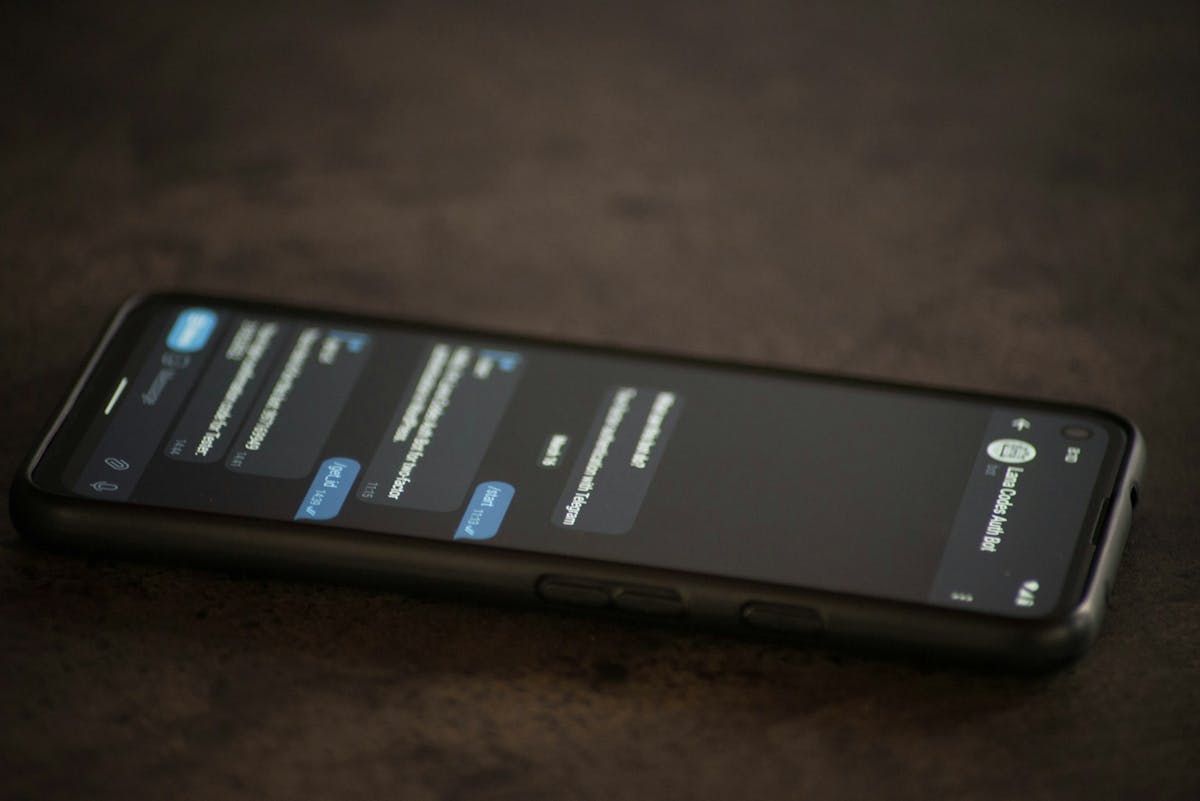What Are the Types of Employee Communication?


Effective employee communication is essential for improving productivity, employee satisfaction, and safety. In fact, Forbes reports that clear communication can contribute to a 75% reduction in product defects and a 26% reduction in workers comp incidents. Yet, employers tend to overlook the specific challenges of connecting with non-desk employees. In this article, we’ll cover examples of effective employee communication and how to be an empathetic leader who connects with non-desk workers.
Effective employee communication involves clear and concise interactions among team members. For instance, a team leader might send a weekly update summarizing project progress and celebrating small wins of the week. This keeps everyone informed and motivated. An empathetic leader ensures these messages are not only informative but also acknowledging their efforts and providing encouraging feedback.
What Are the 5 Basic Forms of Employee Communication?
The 5 different ways of communication with others are verbal, non-verbal, written, listening, and visual. The best forms of employee communication in the workplace enable team members to exchange information relevant to their roles in a timely manner. These types of communication (with examples) include:
- Verbal: This form involves speaking, whether in-person or through channels like phone and video calls. Verbal communication is heavily influenced by non-verbal cues.
- Non-Verbal: This form involves body language, such as facial expressions and posture. Visual cues provide additional context to other forms of communication.
- Written: This form includes emails, text messages, communication app messages, memos, and many other channels. Often, written communication is separated from non-verbal cues, so it’s crucial to be as clear as possible.
- Listening: This form involves the receiver taking extra steps to ensure they fully understand messages that are communicated to them. Examples of active listening skills include asking follow up questions and making eye contact. Active listening isn’t limited to verbal communication, however. It’s also important to engage with written and verbal messages on a deeper level. Empathetic leaders prioritize listening to their non-desk workers’ concerns and suggestions, making them feel valued and heard.
- Visual: This form relies on images to communicate a message. In the workplace, diagrams, charts, graphs, and infographics are visually engaging ways to communicate a lot of data efficiently.
Often, employee communication advancements are focused on at-desk employees. For example, email and video conferencing tools are efficient ways to share and store written and verbal communication. However, these forms of workplace communication often fall flat for non-desk employees, who make up 80% of the global workforce. As a result, Forbes reports that 84% of non-desk employees are dissatisfied with employee communication systems.
There’s a better way to reach your workforce. With Yourco, you can leverage text messaging to overcome many of the barriers to communicating effectively with your non-desk employees. See Yourco in action today!
What Are the 7Cs of Employee Communication in the Workplace?
The 7Cs state that communication in the workplace should be:
- Clear.
- Concise.
- Concrete.
- Correct
- Coherent
- Complete.
- Courteous.
These best practices refer mostly to the messaging within an exchange. After all, sharing information is a tool to help others succeed in their role, so sending messages that have relevant info that is easy to understand helps your team perform at a higher level.
Some of the 7Cs can also be applied to communication channels. An empathetic leader tailors communication methods to suit the needs of their team, ensuring that non-desk workers receive timely and relevant information through their preferred channels. For example, Yourco is a platform that makes it easy to send text message alerts to employees. Because texting is an available tool on all cell phones, this is a courteous way to communicate—you don’t have to require your team to download work-related apps on a personal device.
Also, Yourco allows you to send mass messages to your team while your employees receive them as individual messages. This makes communication more clear and concise because employees aren’t bombarded with frequent and confusing group chats. Learn more about the use cases of Yourco here.
What is the Most Common Type of Communication?
The most commonly used communication tool is text messaging, which is why it’s so effective for reaching non-desk employees. In fact, LinkedIn reports that over 6 billion people around the world are active texters. When setting up or revamping your business’s communication system, it helps to reduce barriers to entry. Using texting as your primary communication channel helps overcome some of these barriers, such as:
- Reliability: Communication apps—like Gmail and Slack—require a stronger cellular data connection to function than texting. When your employees are at the job site, there’s no guarantee that they’ll have enough service to load an email, but they’ll have a better chance of receiving a text.
- Software/Hardware Requirements: Communication apps take up storage space and drain data plans. When employees use personal devices for work-related communication, they have to incur personal costs to support the business, which will decrease job satisfaction.
- Privacy Concerns: Apps store a lot of personal data, including location, browser history, and activity across other apps. In fact, 55.2% of apps available through Google Play admitted to sharing user data with third party providers. These privacy concerns can be even more pronounced when the apps that track personal data are mandated by employers.
With Yourco, your employees can get the benefits of text messaging, while management can keep conversations organized in an easy-to-use platform. Get in touch to learn how your business can benefit from implementing a texting-based communication system.
What Is an Example of Employee Communication?
Examples of the types of office communication that matter to non-desk employees include:
- Employee Benefits Communications
- Company Announcements
- Employee Alerts
- Employee Surveys
- Employee Onboarding
- Employee Referrals
Keep your employees in the know with Yourco—no matter where they’re working from.
What are the key steps to help you become a more empathetic HR leader for non-desk staff?
Non-desk workers often find themselves feeling disconnected from their workplace. Addressing their concerns with empathy is crucial. However, putting empathy into practice can take effort, so we’d like to share some tips for leading with empathy:
1. Listen Without Judgment
Give your full attention when non-desk staff share their concerns, regardless of how small they may seem. Avoid conveying through body language that your problems are more important. Active listening fosters trust and shows that you value their input.
2. Communicate Regularly and Transparently
Establish consistent communication channels such as text message updates or team meetings. Be open and honest in your communication, sharing how you’re doing to encourage others to open up as well. Transparency helps build a culture of openness and mutual support.
3. Advocate for Others
Work within your organization to create a culture that supports mental well-being. Promote policies and leadership messaging that make it OK to not be OK. By advocating for a supportive environment, you ensure that non-desk staff feel valued and understood.
Simplify Employee Communication with Yourco
The best form of communication with non-desk employees is one that they can reliably use. Texting has an open rate of 98% and an average response time of 90 seconds. In comparison, email has a dismal 20% open rate. For updates your team can’t miss—ranging from job site changes, weather emergencies, and onboarding requirements—texting gets the job done. With Yourco, managing text communications has never been easier. Learn more about how our innovative single dashboard system can transform the way you and your team communicate.
Contact us for demo or try for free today!


